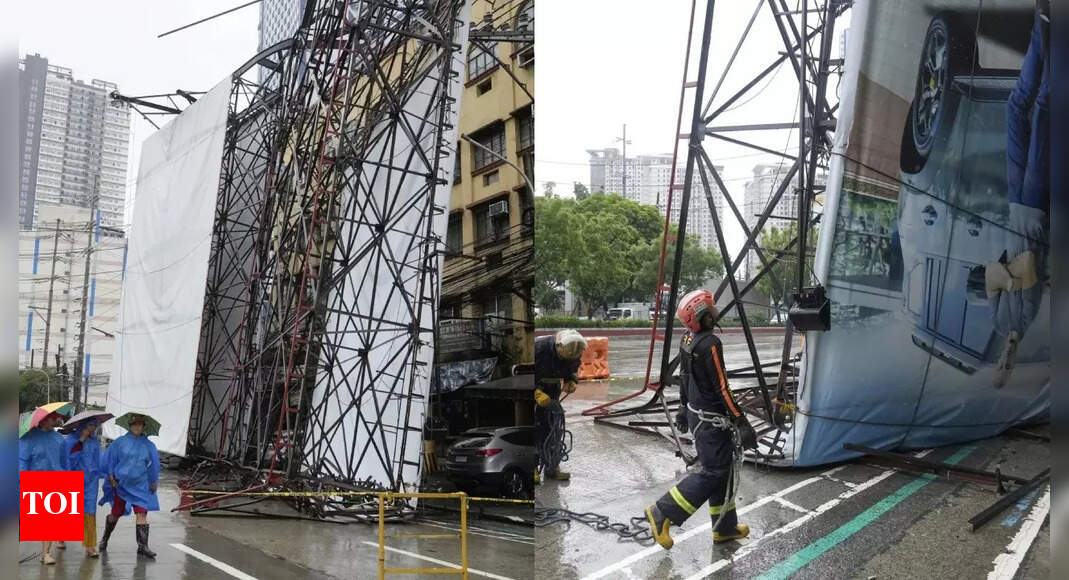
The powerful Typhoon Wipha disrupted air travel on Sunday across Hong Kong and neighbouring Chinese airports as it tracked westward along the southern coastline. Flight operations at airports in Hong Kong, Shenzhen, Zhuhai, and Macao were suspended during daylight hours, according to their official websites. Several high-speed rail services in the region were halted.Hong Kong Observatory activated its highest alert level, hurricane signal No. 10. at 9:20 a (Hong Kong time) Officials reported the storm’s centre passed just south of the city around noon, bringing sustained winds reaching 140 kilometres (87 miles) per hour.The Hong Kong Observatory warned that Typhoon Wipha was “posing a considerable threat” to the city as it would skirt about 50km to the south around noon, South China Morning post reported.The No 10 signal, the highest-level warning, means that winds with mean speeds of 118km/h or more are expected. The last No 10 signal was during Super Typhoon Saola in 2023, with the storm causing 86 injuries, landslides and thousands of trees to fall.Authorities confirmed that more than 200 residents sought refuge in public shelters, with numerous reports of trees being toppled. Popular attractions including Hong Kong Disneyland remained closed.The system, which intensified to typhoon status overnight, advanced towards Macao and Zhuhai. Forecasters predicted landfall late Sunday before continuing westward, eventually reaching Vietnam later in the week, AP reported.Wipha, bearing a Thai-origin name, traversed the Philippines as a tropical storm before drenching Taiwan on Saturday. Western Pacific typhoon names are selected by regional nations.In the Philippines, the system enhanced monsoon rainfall, resulting in one fatality in northern Cagayan province due to flooding.The severe weather impacted over 370,000 people, with 43,000 evacuating to government shelters or relatives’ homes because of floods, landslides and strong winds. Officials reported damage to more than 400 residences during the event.








